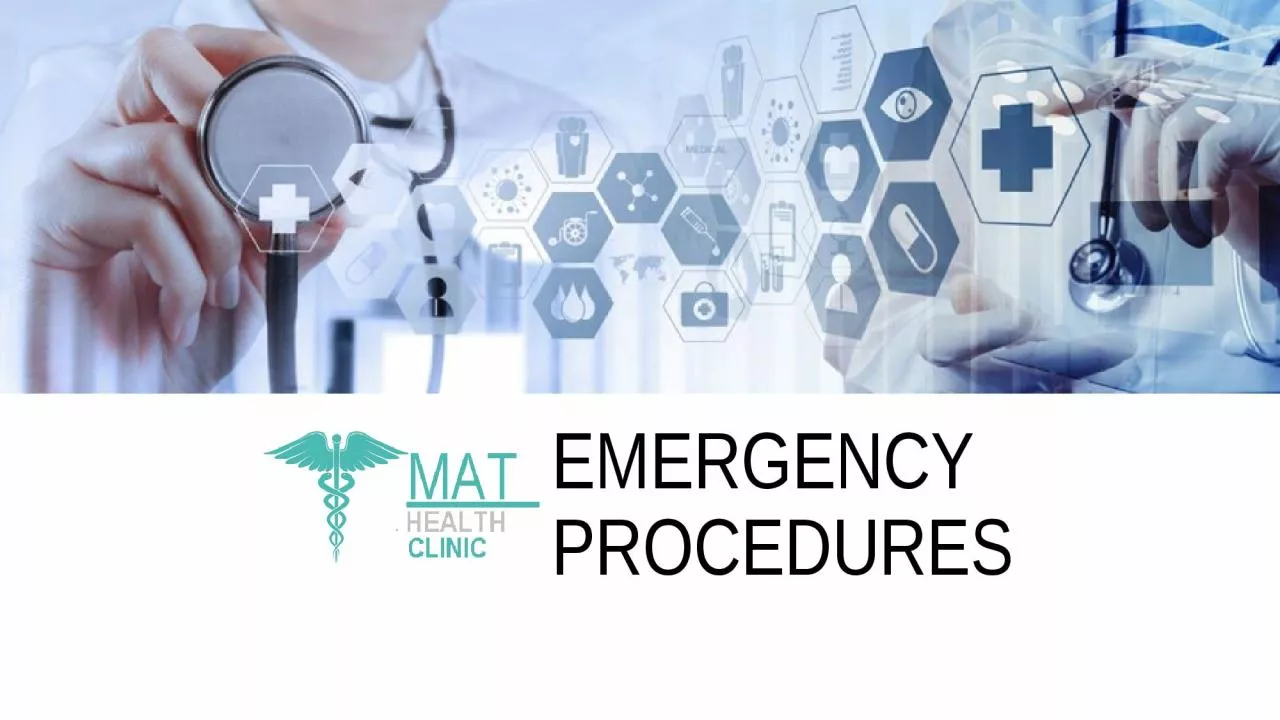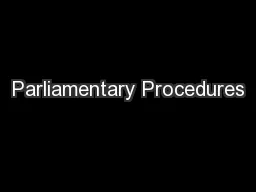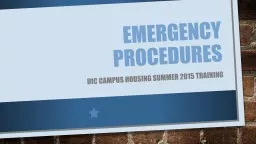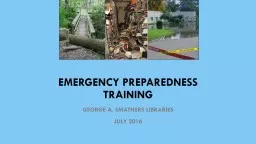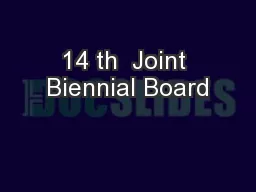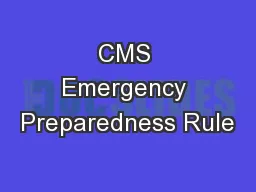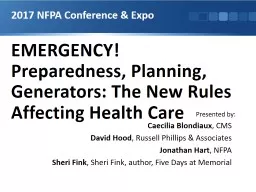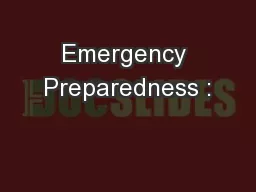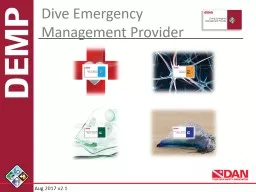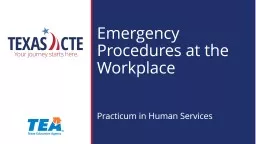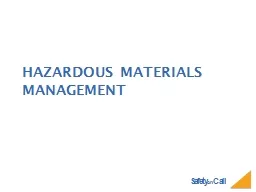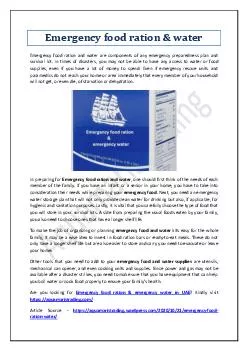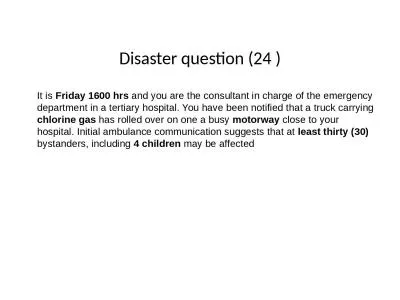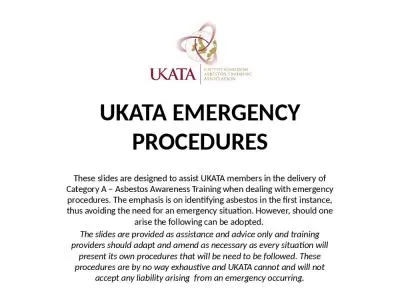PPT-EMERGENCY PROCEDURES What is an Emergency?
Author : callie | Published Date : 2022-06-11
Correctly identifying a workplace emergency situation is vital to being able to respond appropriately and quickly An emergency is an abnormal and dangerous situation
Presentation Embed Code
Download Presentation
Download Presentation The PPT/PDF document "EMERGENCY PROCEDURES What is an Emergenc..." is the property of its rightful owner. Permission is granted to download and print the materials on this website for personal, non-commercial use only, and to display it on your personal computer provided you do not modify the materials and that you retain all copyright notices contained in the materials. By downloading content from our website, you accept the terms of this agreement.
EMERGENCY PROCEDURES What is an Emergency?: Transcript
Download Rules Of Document
"EMERGENCY PROCEDURES What is an Emergency?"The content belongs to its owner. You may download and print it for personal use, without modification, and keep all copyright notices. By downloading, you agree to these terms.
Related Documents

